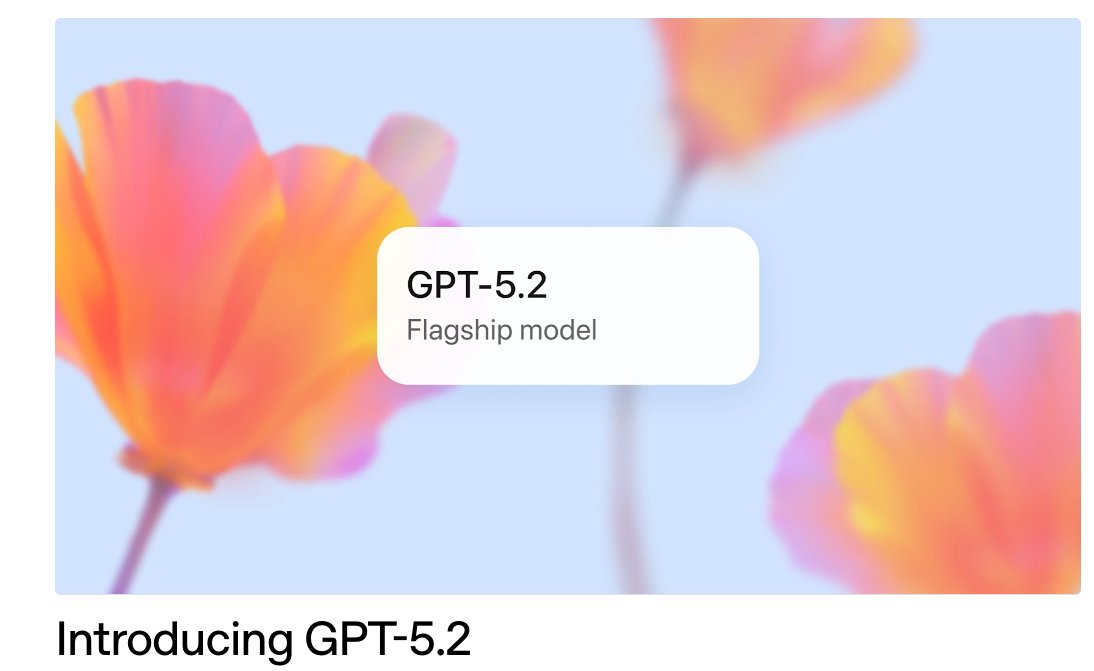GUIDE
If you are a developer seeking efficient ways to work with databases, leverage the power of Node.js and MongoDB! Node.js, a popular JavaScript runtime, syncs beautifully with MongoDB, a preferred NoSQL database. The Node.js MongoDB driver simplifies the connection to MongoDB databases from Node.js scripts, making the process more intuitive and hence, efficient for developers.
This comprehensive guide will walk you through the processes of connecting to, handling errors, and performing CRUD operations in a MongoDB database using Node.js.
Connecting to MongoDB with Node.js
Follow these simple steps to successfully interface with a MongoDB database using Node.js:
Installing the MongoDB Driver: Kick-start by installing the official MongoDB driver using the Node.js package manager, npm. Simply type
npm install mongodbin the Command Terminal.Importing the MongoClient: Deep dive into your Node.js script and import the MongoClient from the MongoDB package with the following JavaScript code:
const { MongoClient } = require('mongodb');Creating the Connection URI: Now, declare your connection URI which will include details like your hostname, port, and authentication information. Here's a snippet of how you can do this:
const uri = "mongodb://username:password@hostname:port/databaseName";Raising the Connection: Instantiate a new MongoClient with your connection URI and connect to the MongoDB database with this block of code:
const client = new MongoClient(uri, { useNewUrlParser: true, useUnifiedTopology: true });
async function run() {
try {
await client.connect();
console.log("Connected successfully to MongoDB"); }
finally {
await client.close();
}
}
run().catch(console.dir);
Connectivity established!
Reduction of Errors When Connecting to MongoDB Using Node.js
Frustrated with connectivity errors? Here's how you can tackle those niggling troubleshooting issues:
Incorporate Error Handling: A robust application is one that addresses potential issues gracefully. Prior to writing any data, introduce error handling in your connection code. Use conditional statements to check for errors and display appropriate console messages.
Identify Specific Error Situations: Specific error codes like "ECONNREFUSED" or "MongoServerSelectionError" indicate the need to drill down to the root of the problem. The MongoDB server might not be running or the connection URI might be incorrect. Overbearing firewall or proxy settings could also be guilty of blocking the connection. Validate the correctness of your connection string especially when using complex features like "mongodb+srv" for DNS Seedlist Connection Format.
Break Out the Debugging Tools: Debugger tools like console.log statements keep track of the flow of your connection code and isolate error occurrence points. Regularly test your code in different scenarios - for example, with altered connection URIs - to pinpoint error sources and validate connection processes.
Performing CRUD Operations on MongoDB Using Node.js
After you have secured a stable link to the MongoDB database, you can perform CRUD (Create, Read, Update, Delete) operations to manipulate your data. Here's how you go about it:
Crystallize a Node.js Project: Initiate a new Node.js project and install all necessary dependencies like Express and Mongoose.
Set up MongoDB: Configure your respective MongoDB database using Mongoose.
Architect a Schema: Schemas in MongoDB serve as blueprints for your data structure, defining fields and their types.
CRUD Operations: With your data modeled correctly, you can then proceed to perform CRUD operations like the following:
Create (Insert): Use the
insertOne()orinsertMany()functions to add new documents to your MongoDB collection.Read (Retrieve): Use the
findOne()orfind()methods to retrieve documents from your MongoDB collection.Update: Modify documents with the
updateOne()orupdateMany()methods using appropriate filters and update criteria.Delete: Remove documents using the
deleteOne()ordeleteMany()methods by providing the relevant filter for the document to be erased.
By adhering to these steps, you can efficiently perform CRUD operations on MongoDB using Node.js, creating robust applications and handling data in a way that is not only secure but also efficient. Adopt Node.js and MongoDB and transform your application development arena today!
But wait!
Taking all this into account, if you're a developer, have you ever considered improving your coding process with AI technology? AI2SQL is an AI query builder that's more than equipped to help you with MongoDB queries. It can convert your text to MongoDB queries, saving you work and increasing your efficiency. I urge you to take a leap in improving your work by giving AI2SQL a try. Who knows? It might just be the tool you need to level up your coding skills. Don't hesitate to explore the possibilities AI2SQL offers and discover the benefits it could bring to your projects.
The content image was designed by Plugger, AI Graphic Design.






